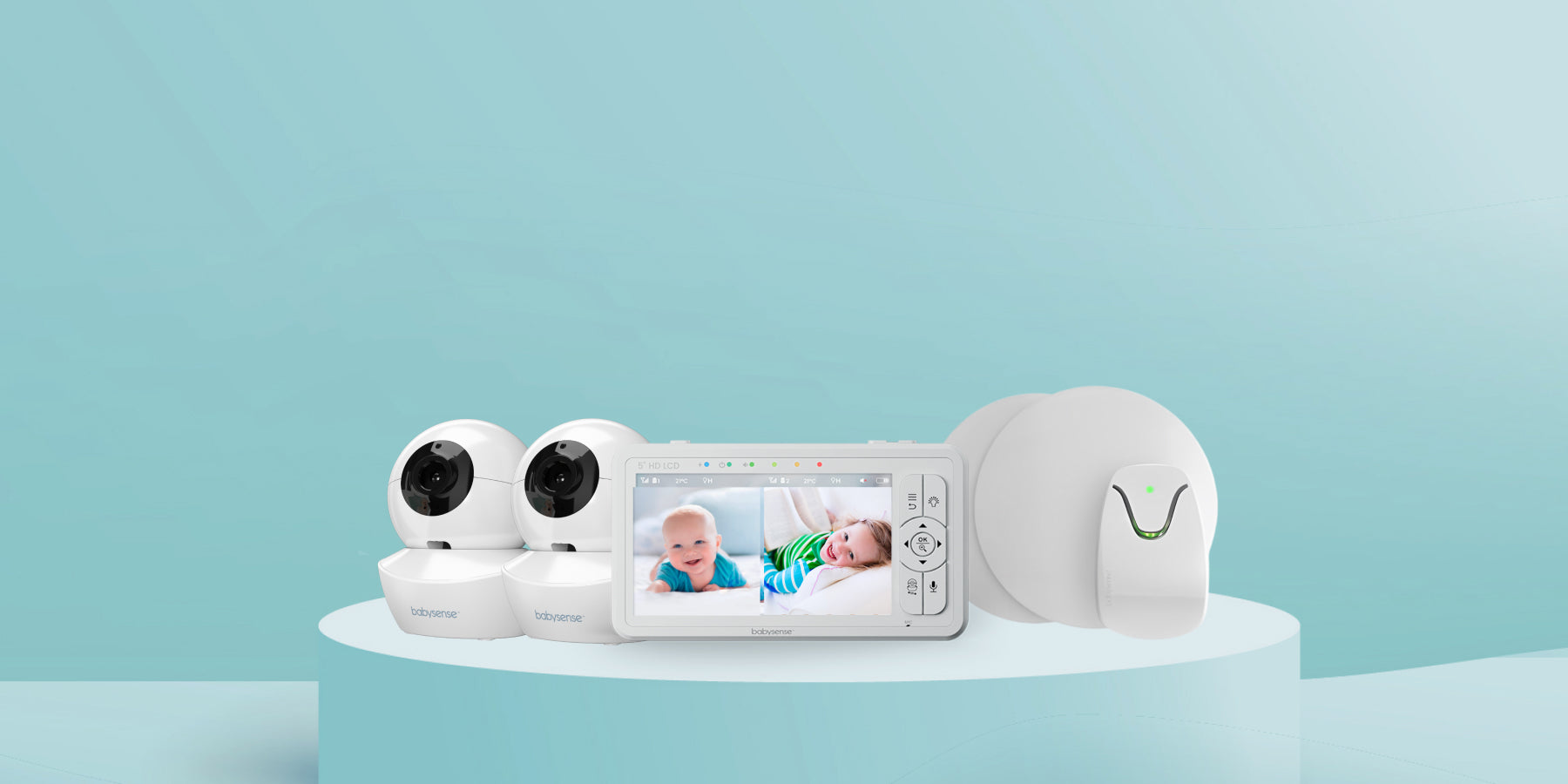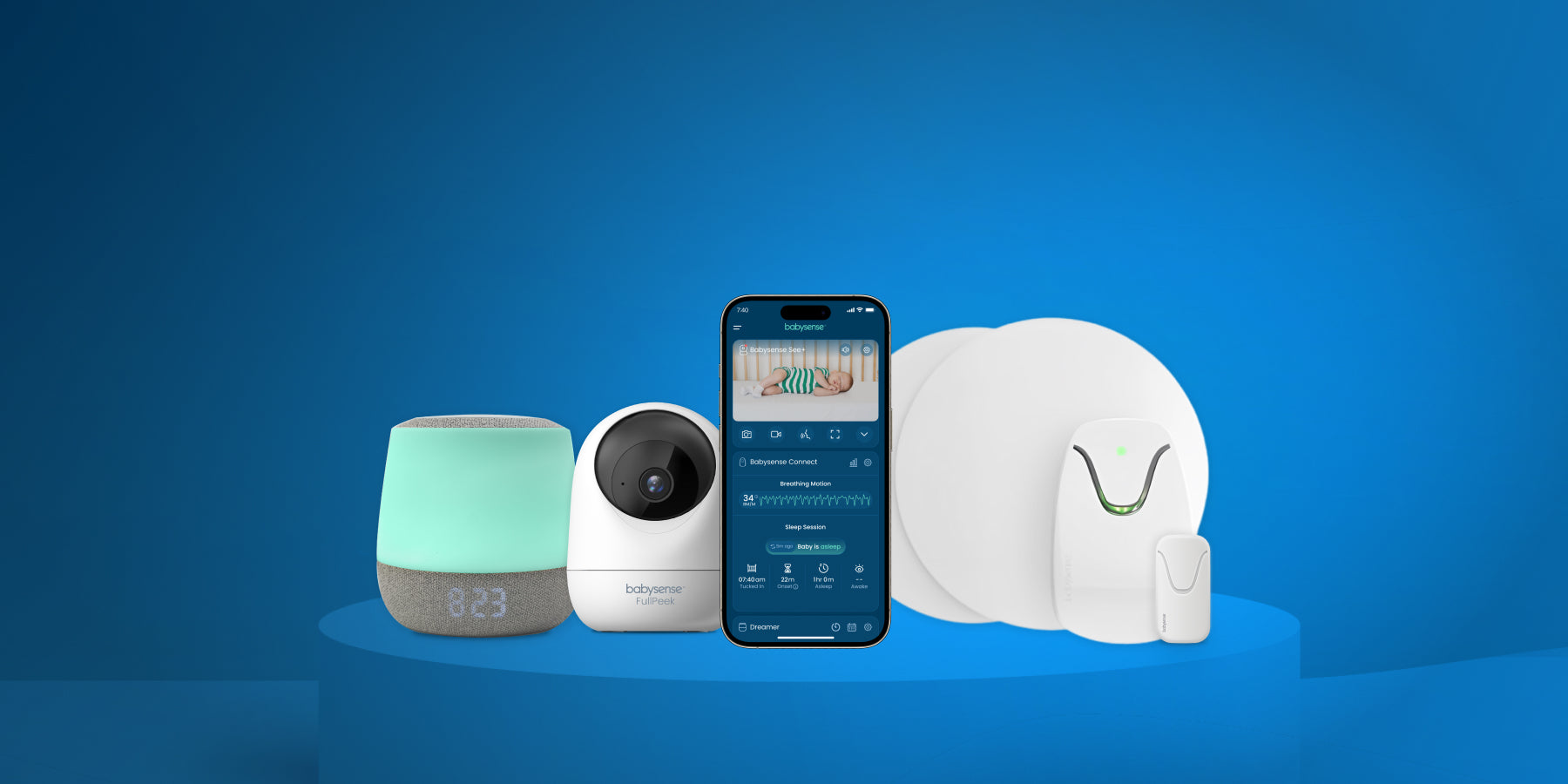Ask any parent: the first weeks home can feel like an endless loop of feeding, burping, soothing, and starting again. A flexible routine—a gentle rhythm for sleep and feeds—can bring predictability to your day and help your baby settle. But routines aren’t one-size-fits-all, and that’s okay.
A flexible routine — good for baby, good for you
For many families, a simple pattern (eat–play–sleep, repeated) creates predictable cues: babies learn what comes next, parents can plan the day, and everyone gets more rest. As OT Megan Faure explains, routines help babies “settle into the rhythm of daily life.” Sleep specialists like AAP HealthyChildren echo that consistent cues make falling asleep easier and faster.
A routine isn’t for everyone
“Every mom and every baby is different,” says Faure. Some parents dislike structure—and some babies (e.g., with reflux) take longer to settle. If rigid schedules raise your stress, keep it flexible. Focus on recognizing cues and repeating what works.
When to start a routine
Families vary. Some prefer a fixed schedule from day one (e.g., the very structured Gina Ford approach). Faure suggests more flexibility early on so feeds and milk supply establish well. A practical path many parents like:
- 0–6 weeks: Follow baby’s hunger/sleep cues; begin gentle patterns (same order, not strict times).
- 6 weeks–6 months: Nudge toward regular nap windows; align bedtime routine nightly.
- 6+ months: Many babies thrive with more defined nap/meal times; keep wind-down steps consistent.
Curious what changes at 4 months? Read our 4-month sleep regression guide.
How do you build your rhythm?
It starts with watching your unique baby. Each child has an “awake window” that grows with age. A newborn often manages ~45–60 minutes, while a 12-month-old may handle 3–4 hours. Ten minutes before the end of a window, look for sleepy signals:
- Fussing/niggling, rubbing eyes/ears
- Thumb/fist sucking, zoning out
- Hiccups, slower movements
When you see cues, set the scene: draw curtains, turn off bright lights, and add gentle white noise & soft light. If it’s feed time, feed calmly; if they fuss, pat or shush but try not to pick up right away. Read cues early and sleep often comes easily.
Why is daytime sleep important?
Skipping naps rarely “wins” you better nights. In fact, the AAP notes that well-timed naps support night sleep and overall development. An overtired baby has higher stress hormones (adrenaline/cortisol) and often fights sleep.
| Age | Typical Awake Window | Notes |
|---|---|---|
| 0–3 months | 45–60 minutes | Multiple short naps; focus on cues and short wind-down. |
| 4–6 months | 1.5–2.5 hours | 3–4 naps trending to 3. |
| 7–10 months | 2.5–3.5 hours | 2–3 naps trending to 2. |
| 11–14 months | 3–4 hours | Transition toward 1–2 naps. |
Need help dialing in bedtime? See our white noise guide and night-light tips.
The results of a gentle routine
With a flexible rhythm, babies tend to nap better and feed more effectively, keeping growth on track. Parents feel more confident, can plan their day, and (crucially) rest. Your awake windows become quality time to explore and connect.
Sidebar — Routines and Postnatal Depression (PND)
Lack of sleep is a known risk factor for perinatal/postnatal depression. A predictable night routine and manageable daytime plan can lower stress and increase your sense of control. If you notice persistent sadness, anxiety, irritability, or intrusive thoughts, reach out early:
- CDC: Perinatal/Postpartum Depression overview
- Postpartum Support International (24/7 help & local providers)
- AAP: Postpartum depression—what new parents should know
South Africa: PNDSA resources remain helpful: pndsa.co.za | National helpline: 082-882-0072.
Quick Start: A Gentle, Flexible Routine
- Watch the clock and your baby: Use age-appropriate awake windows as a guide; act on cues.
- Repeat a simple wind-down: Lights low, diaper, short book, white noise + soft light.
- Protect naps: Treat day sleep as essential to better nights.
- Use helpful tech—on your terms: A video monitor (or non-WiFi model) to observe, not overstimulate.
- Stay flexible: Growth spurts, illness, and travel will wobble the plan—return to your rhythm when you can.
Progress over perfection
Adapted with insights from Megan Faure & Jacqui Flint.





